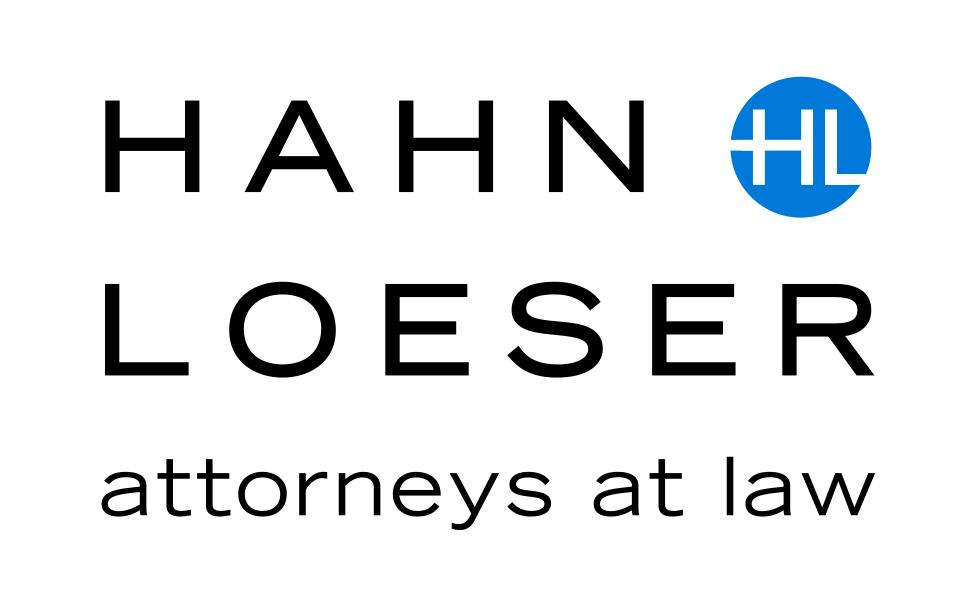In the title industry, any effort to follow “best practices” must include having adequate insurance for your business. That could take the form of errors-and-omissions coverage, a fidelity bond, crime protection, or cyber insurance. But how do you actually achieve that best practice? Here are five things you can do to obtain the most insurance benefits for the lowest premiums.
Key #1: Know Your Risk
Before you know what (and how much) to buy, you first need to know the risks you face. Every day, title insurers look for risk by searching and examining the public record. Apply that same “search and exam” mentality to your own business to uncover what risks you truly face, and what coverage you really need.
Stated another way, you have to do an internal risk assessment. And because risks and businesses change, that assessment has to be updated – preferably on an annual basis. This will coincide with the fact that these insurance policies generally have one-year terms and are renewed annually.
When conducting your internal risk assessment, remember to look at your operations exhaustively. For example, in a recent lawsuit, the restaurant chain P.F. Chang’s had contracts that subjected it to potential credit card “assessments” if its customer information was hacked. When a data breach later occurred, and a million dollar plus assessment was levied, the company had no coverage. As the court noted, had P.F. Chang’s “wanted coverage for this Assessment, it could have bargained for that coverage.”
Key #2: Know the Issues
Although knowing your risks will give you a general idea of the coverage you need, you also need to know the issues. Those issues are common coverage issues, particularly under “standard form” policies, which oftentimes can be negotiated away.
Consider standard form E&O policies, which are written on a “claims-made-and-reported” basis. That means coverage exists only for claims that are both made against the insured and reported to the insurer during the policy period. The problem this presents is that, if one of your employees learns of a claim, but does not know about, or does not have responsibility for, your reporting obligations, coverage could be lost as the claim works its way to the person who knows to report. Even if a claim were reported a “day late” – one day after the policy expired – coverage would be forfeited.
However, some carriers will modify the reporting language to be based on the knowledge of a certain individual, like a risk manager. And still others might attach a monetary threshold to what needs to be reported – such as claims the risk manager determines will exceed a portion of what the company must pay before coverage begins, its “retention.” In this way, you will not lose coverage as a claim makes it way up the chain-of-command.
Key #3: Know the Market
Just as you have competitors, there is competition for your insurance business. You can use that to your advantage, both with respect to the price point and policy language. And given the need for annual renewals, every year you should develop a renewal strategy – whether it be reduced pricing, so-called coverage enhancements, or both.
Sometimes, insurers are less willing to negotiate on price or coverage, but that may not be the case for cyber policies, at least at the present time. Cyber-insurance policies are not yet standardized, and different carriers offer different terms. This presents an opportunity to shop the market as you negotiate for the most favorable cyber policy.
Key #4: Know the Policy
Although knowing the policy might seem obvious, in practice it is not. For example, significant errors impacting coverage are often made but not caught until it is too late. Insurers will first issue a quote, which only provides a general description of the coverage being provided. If that is accepted and coverage is bound, a binder is then issued. The binder specifies the date the policy takes effect, triggering the date the premium is due (20-30 days out, for example). But the binder does not contain the policy terms. Rather, the actual policy is not typed up until after, and in many cases many months after, the binder is issued. You will have the opportunity to review the final policy to make sure it is accurate, and that is the time to raise issues, not after a claim develops. If you wait until then, you will then have to try to explain away how you missed it during your review.
Really knowing your policy can also avoid what we call “generality” and “technicality” problems. The generality problem relates to relying on short-hand summaries of what the policies provide, as opposed to the actual terms of the policies themselves, to determine which insurers to put on notice of a claim. Each claim is unique and may trigger coverage under more than one policy. Or it may trigger coverage under a policy you would have never thought of.
Similarly, all policies have pre-conditions to coverage, such as timely notice, and they impose duties upon the insureds, such as the duty to cooperate. One must know and understand those technicalities, and what must be done to meet them, so that coverage is not lost for an otherwise covered claim.
Key #5: Know to respond to “No”
The peace of mind you might get after making your purchase will be shattered when you have a claim that is denied. To be sure, some claims are legitimately denied, but there is also another, unfortunate reality. Legitimate claims are sometimes denied, and when that happens, you have to be willing to say “No” to “No.” This does not necessarily mean you will have to file a coverage lawsuit; many times a well-supported (and strongly worded) letter can cause the insurer to reverse course.


